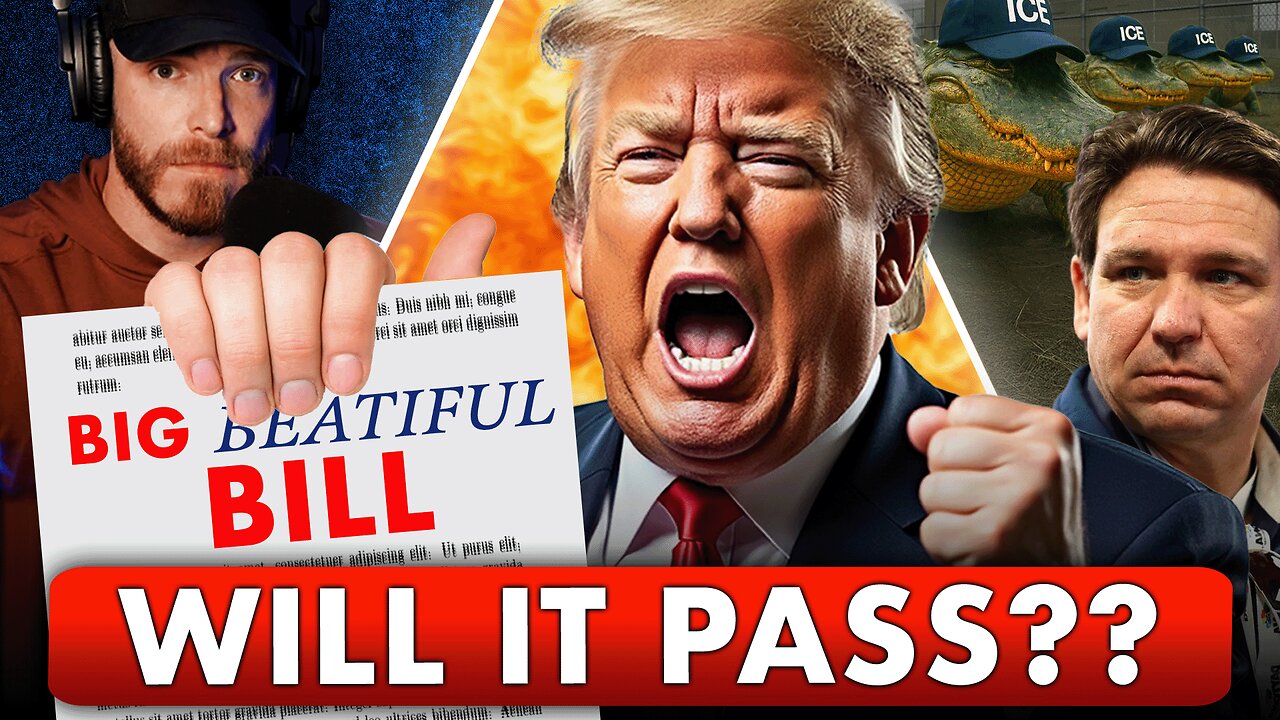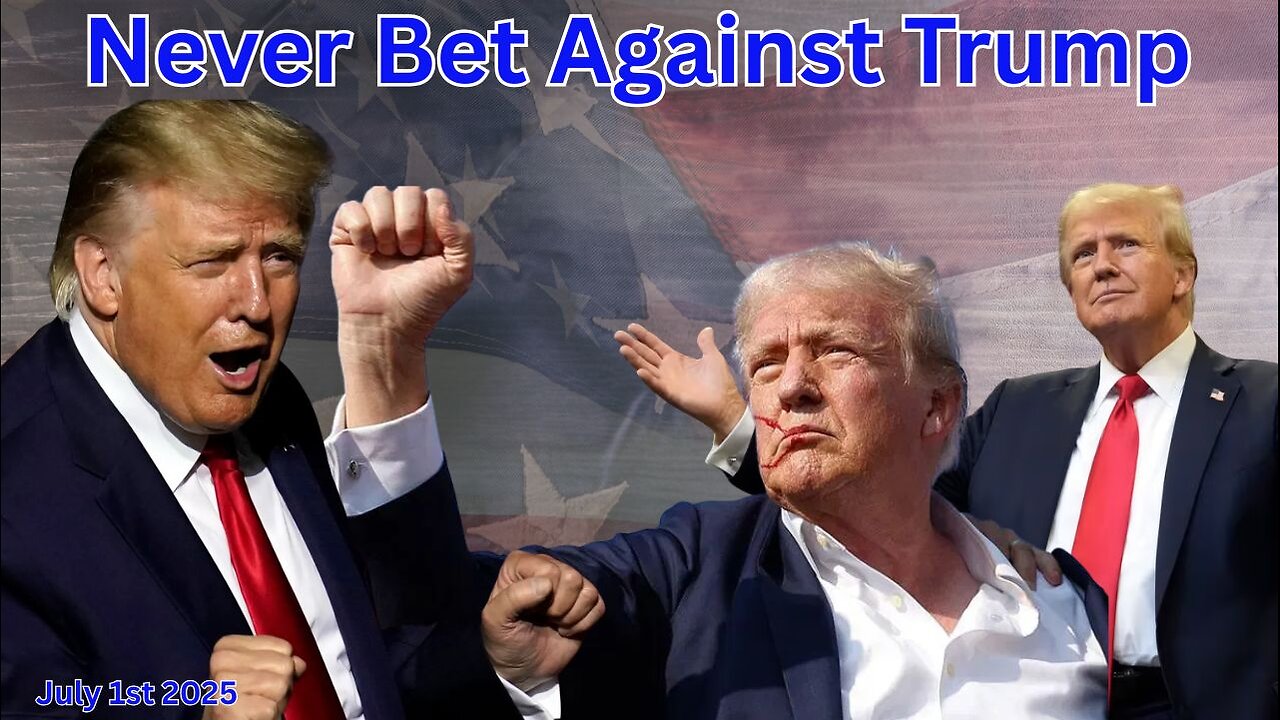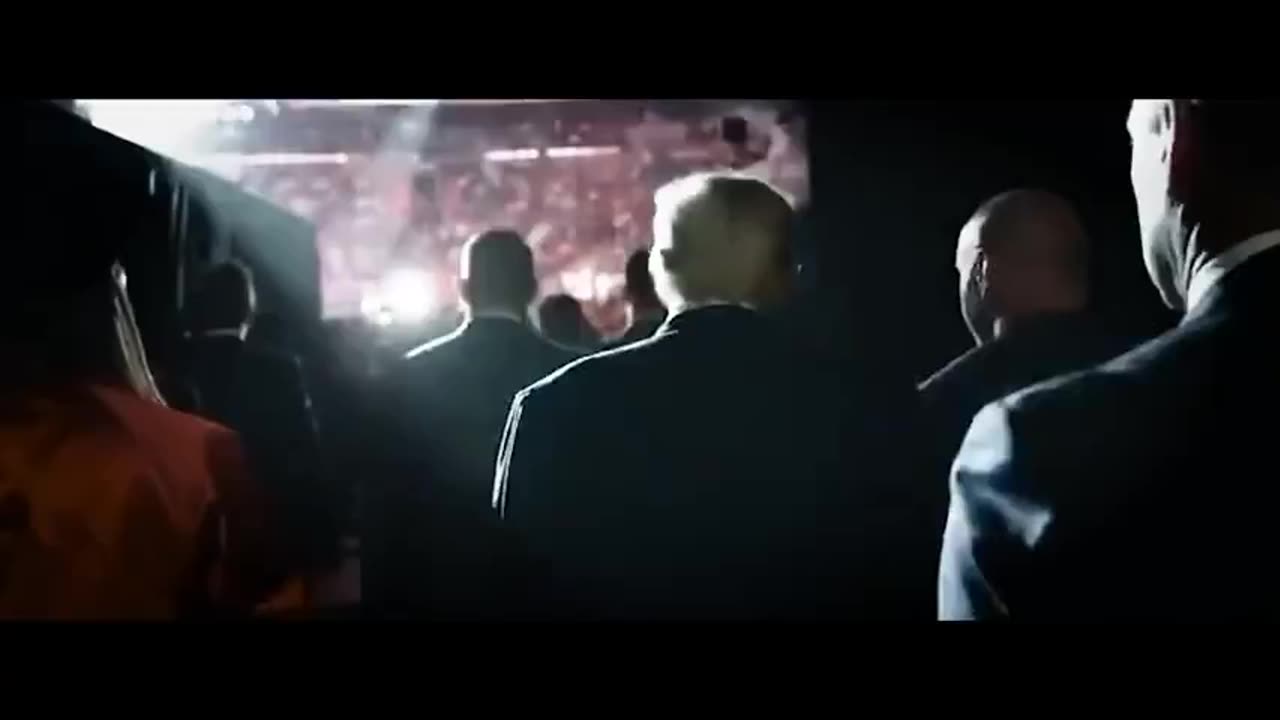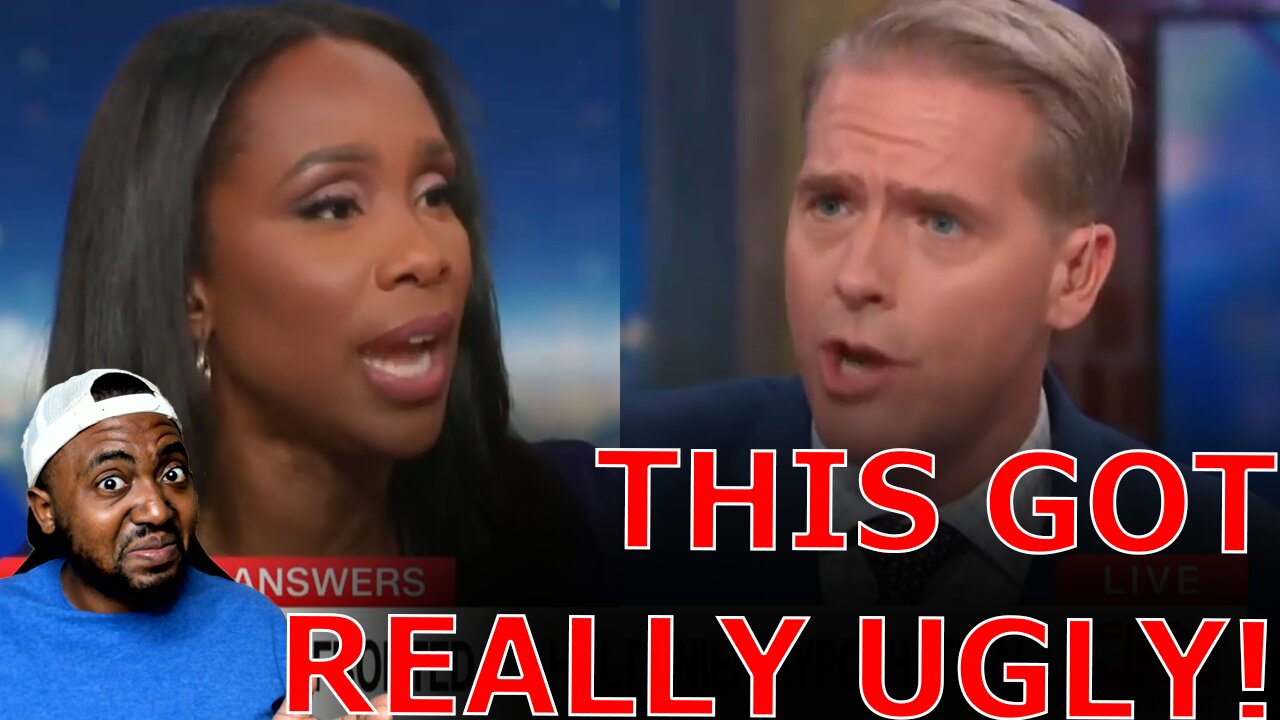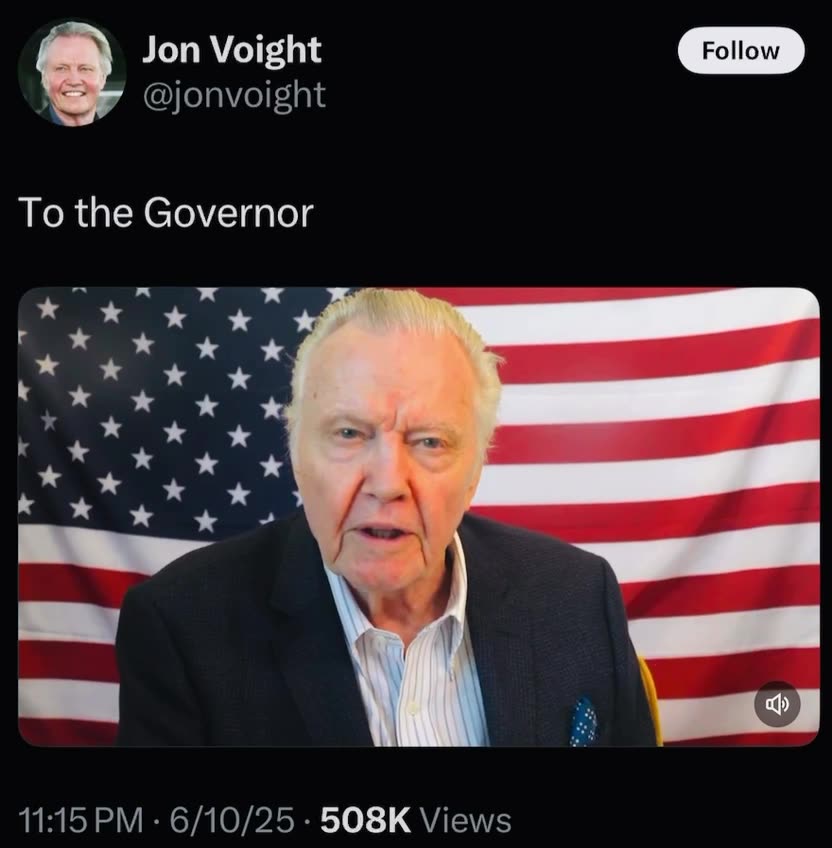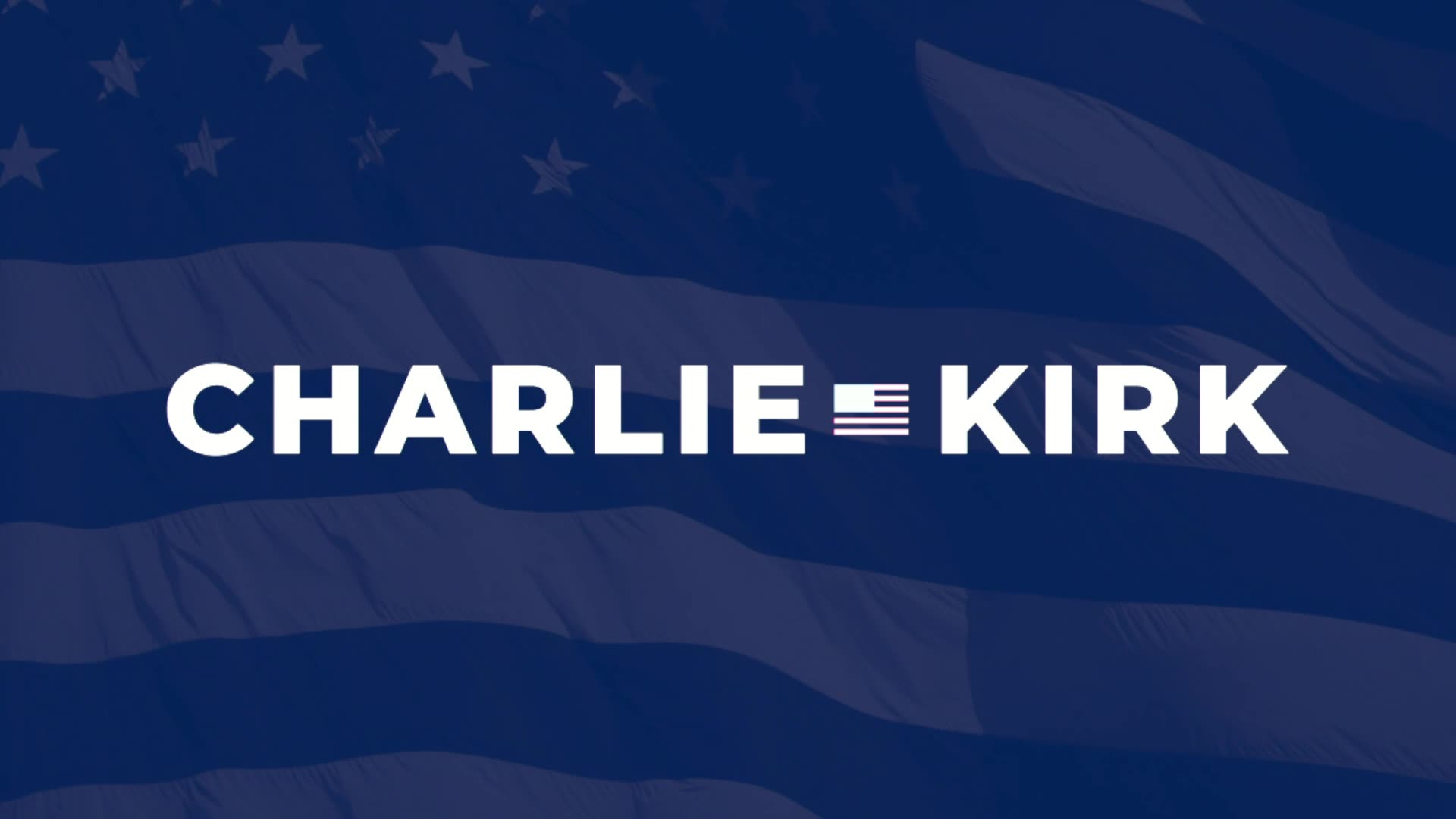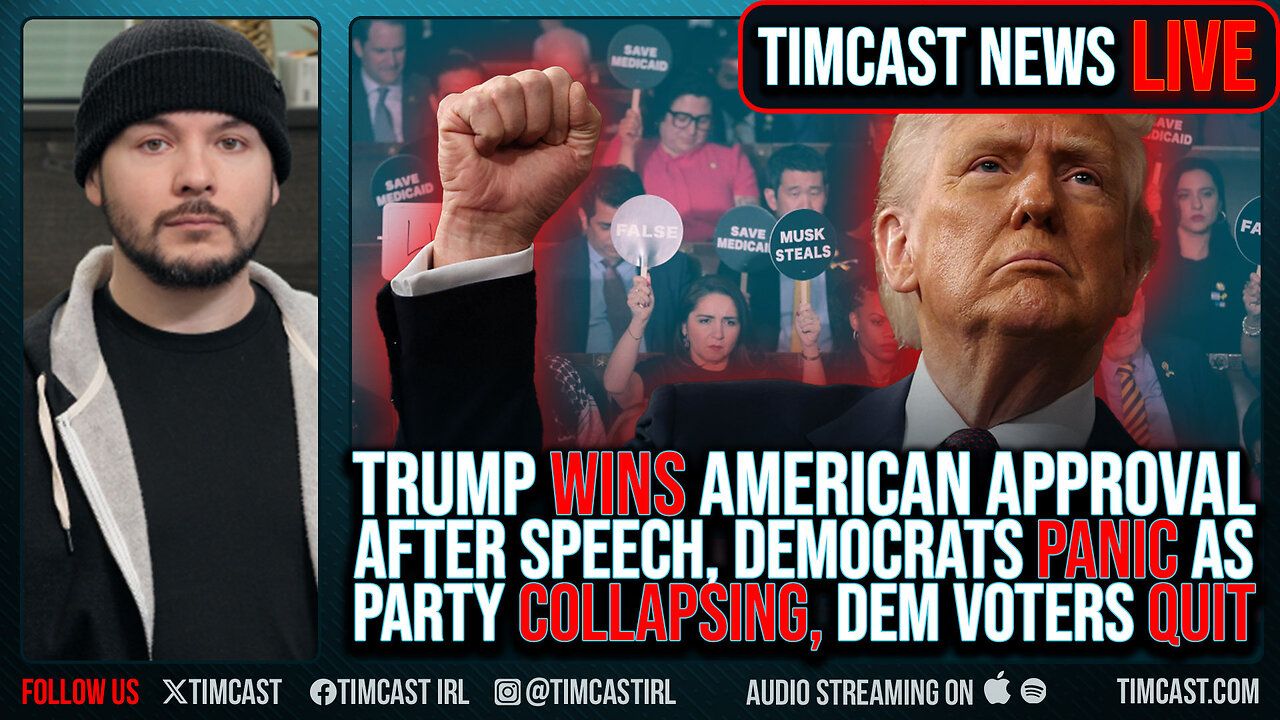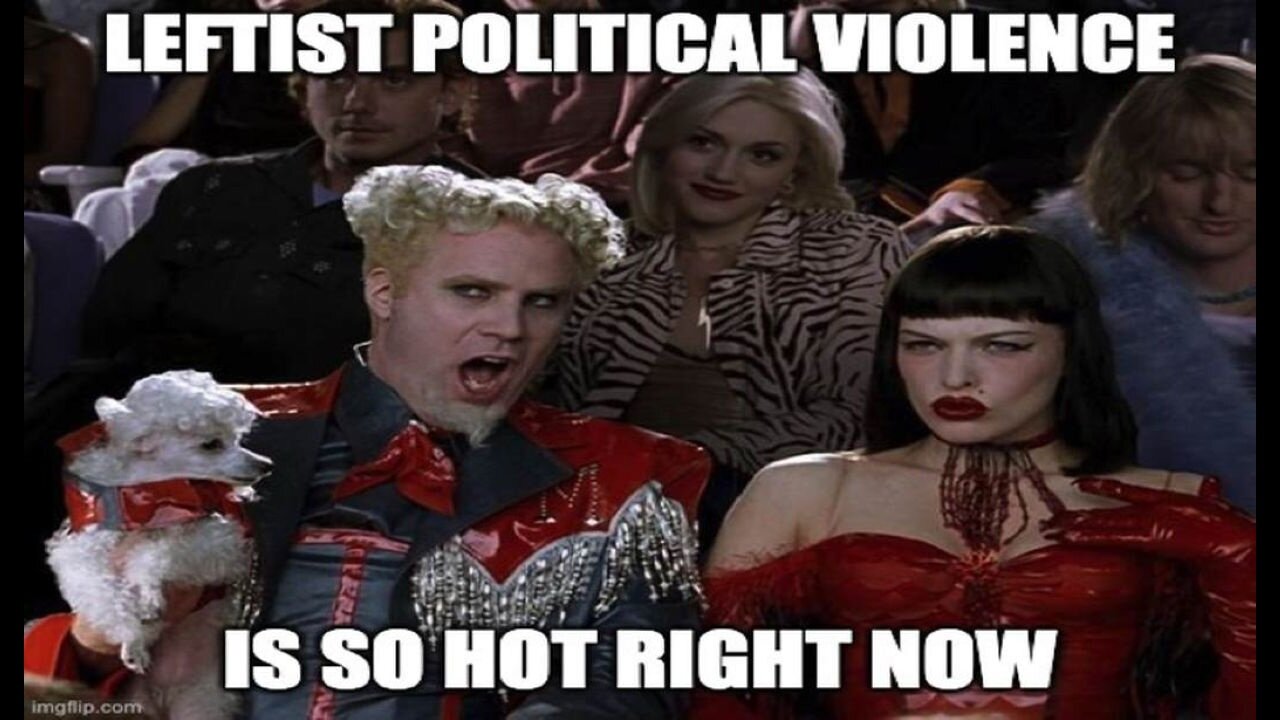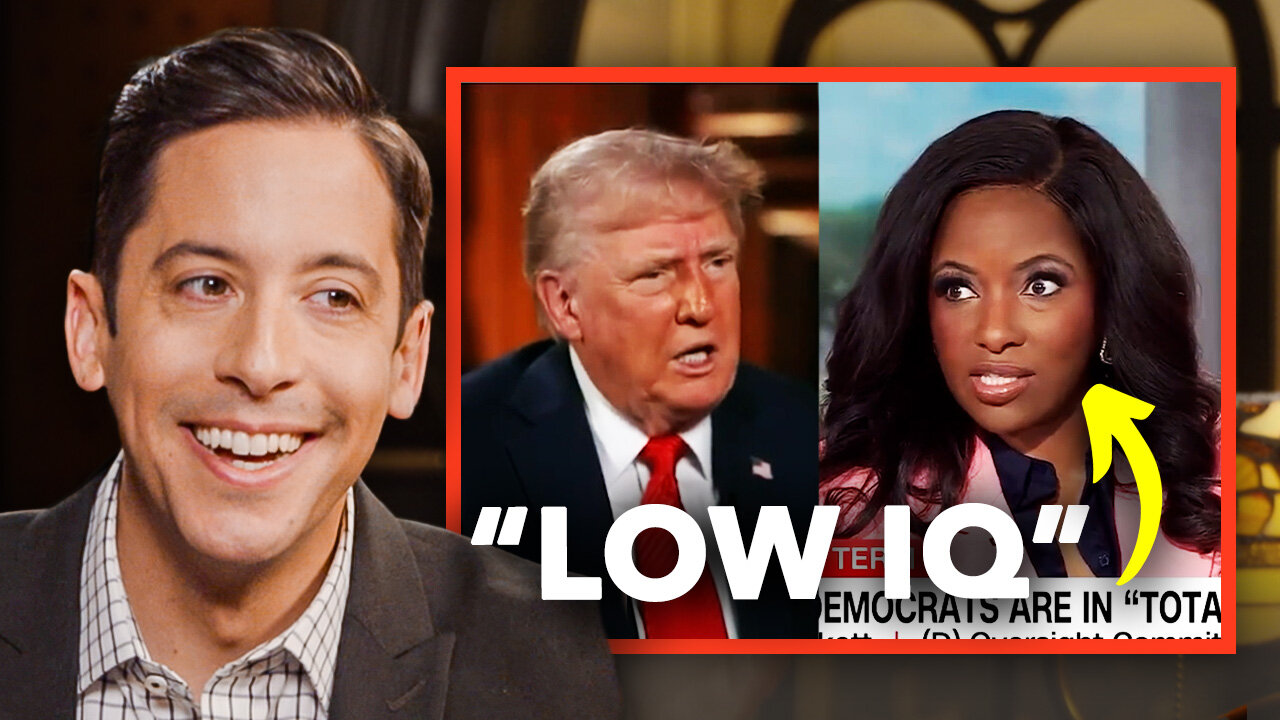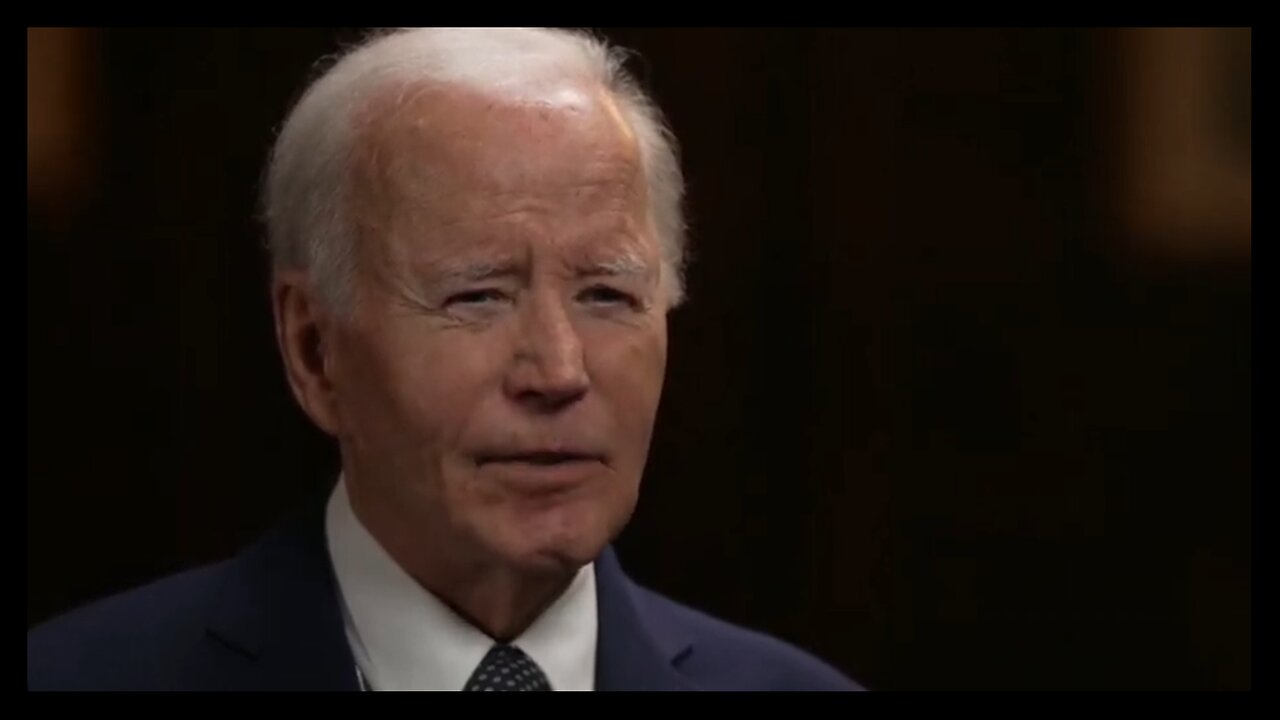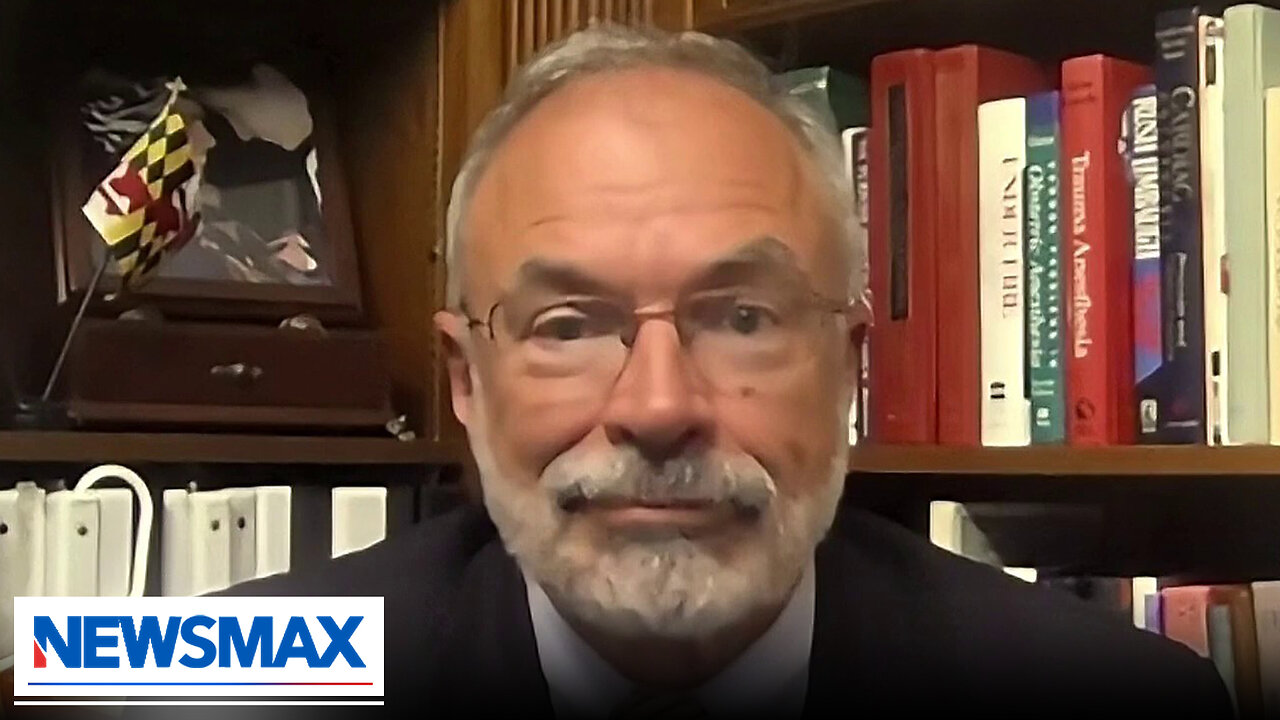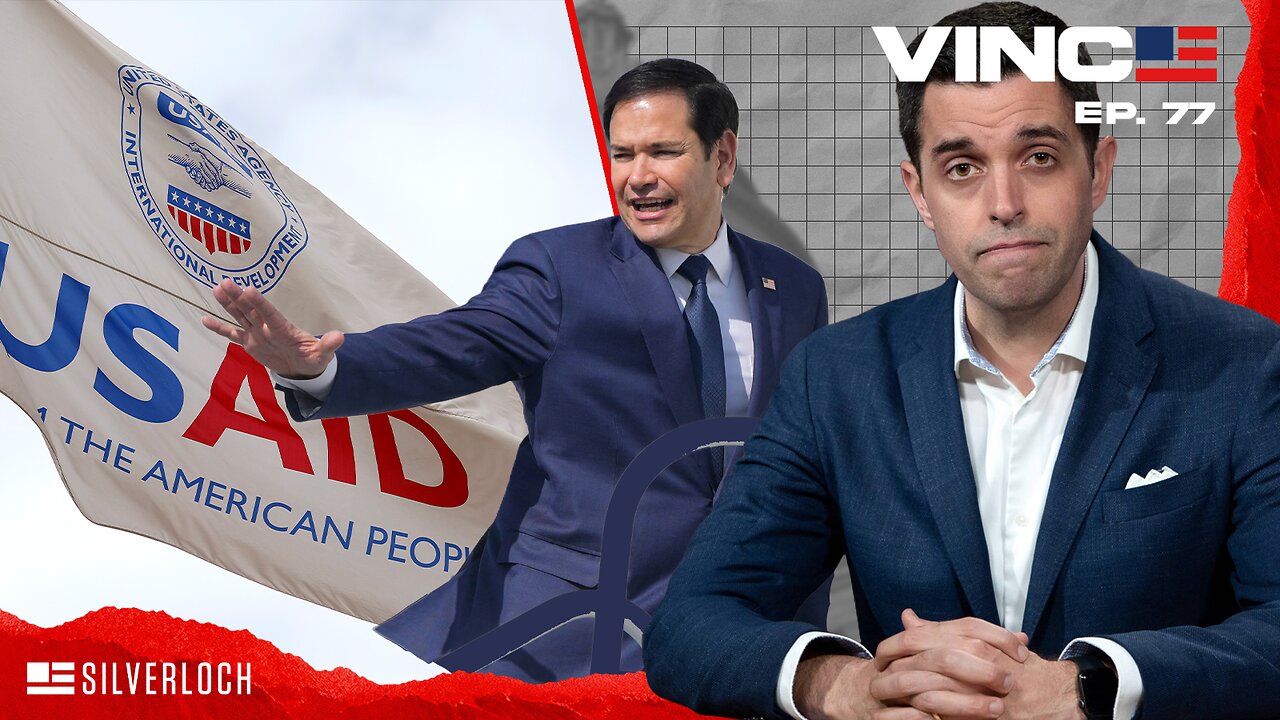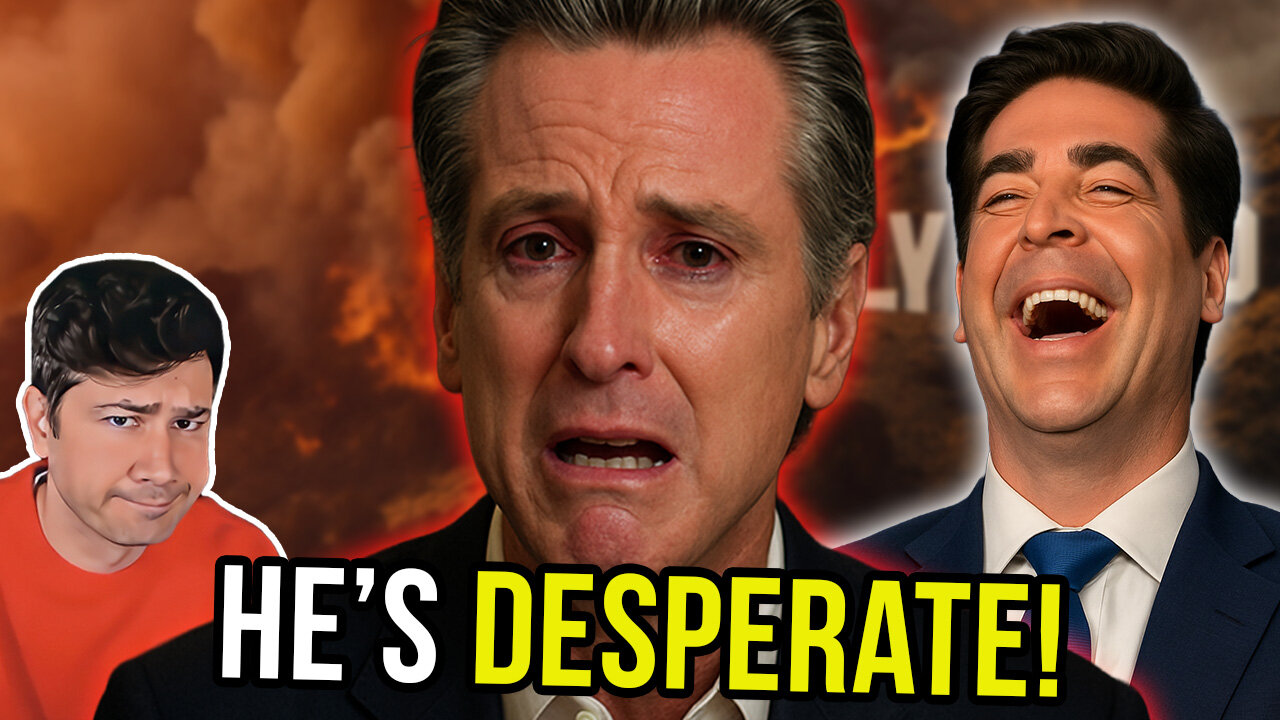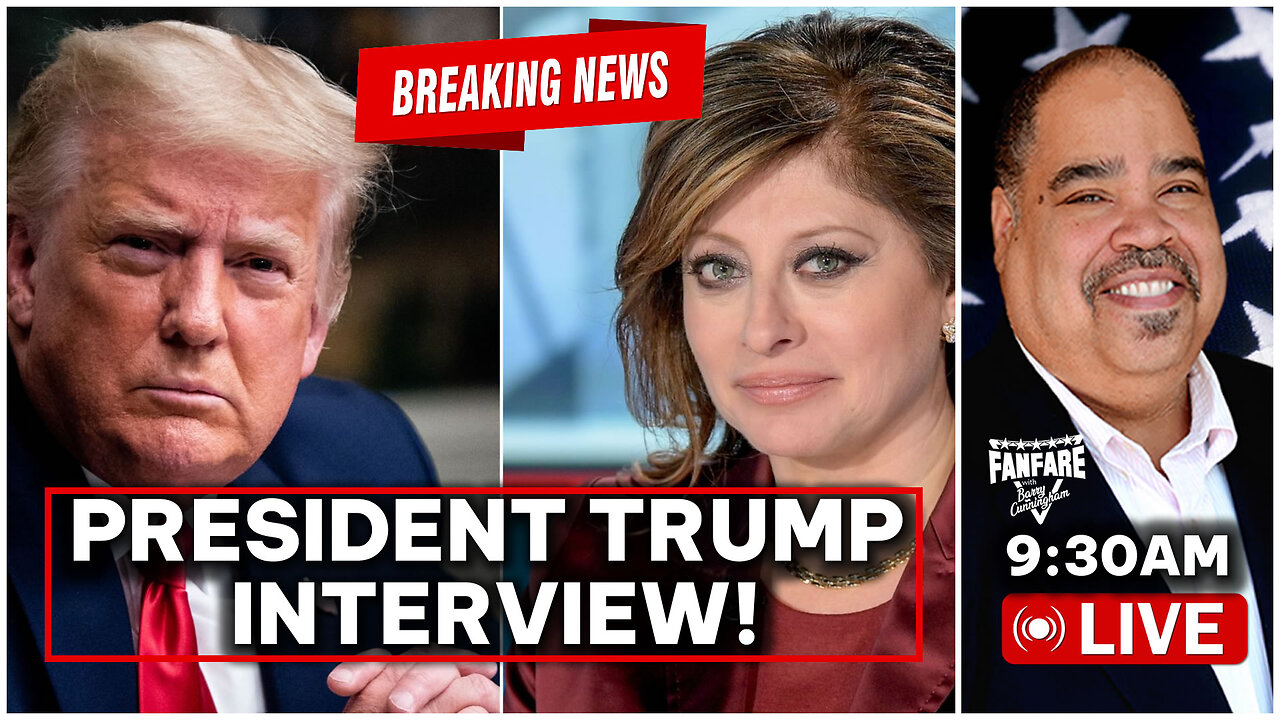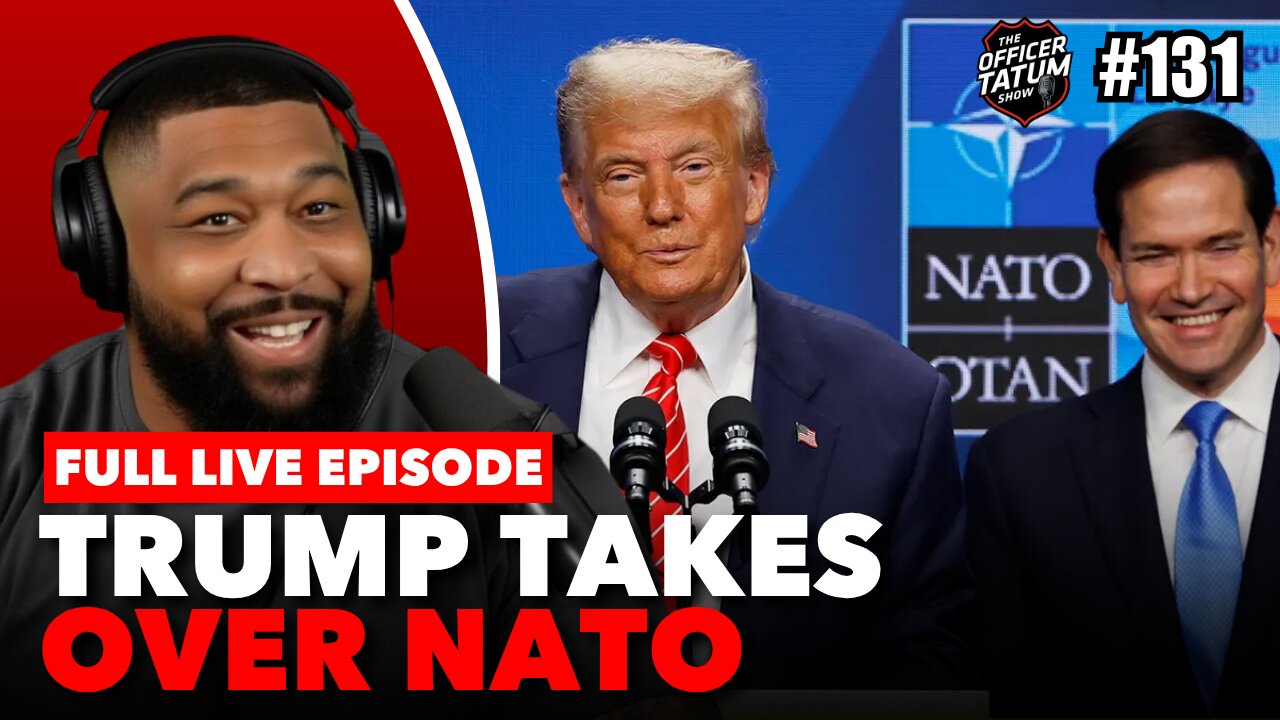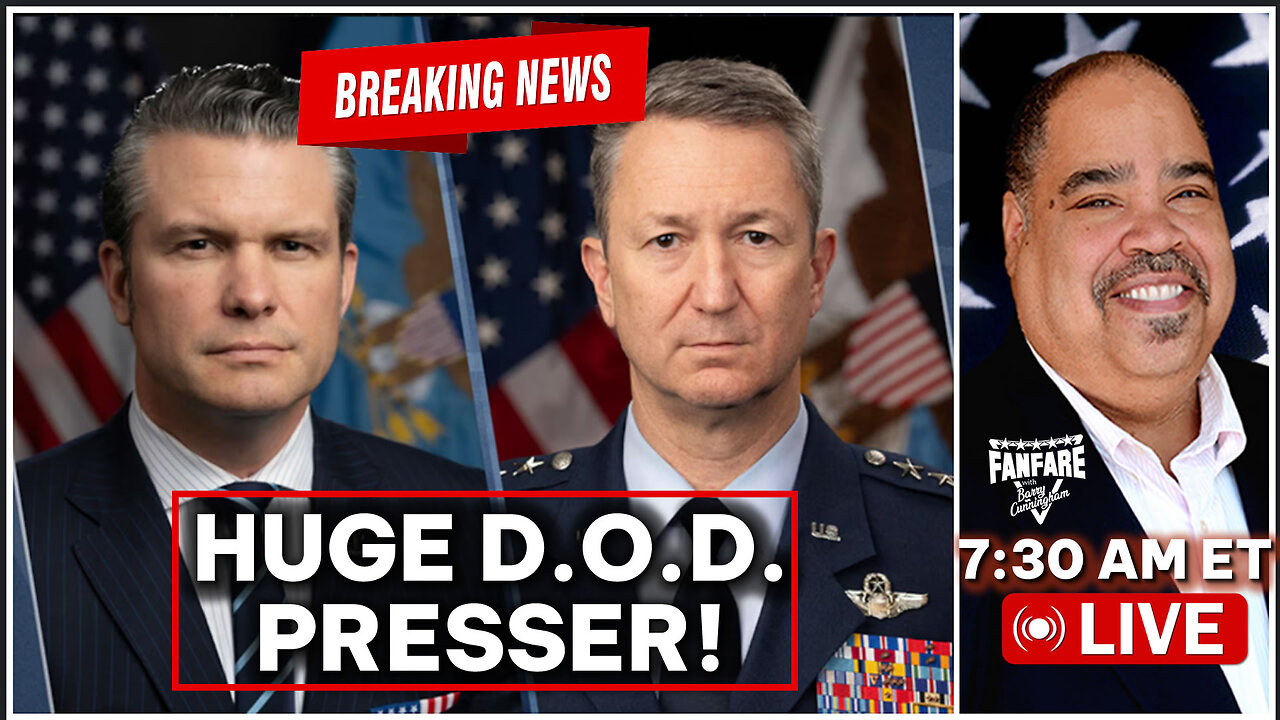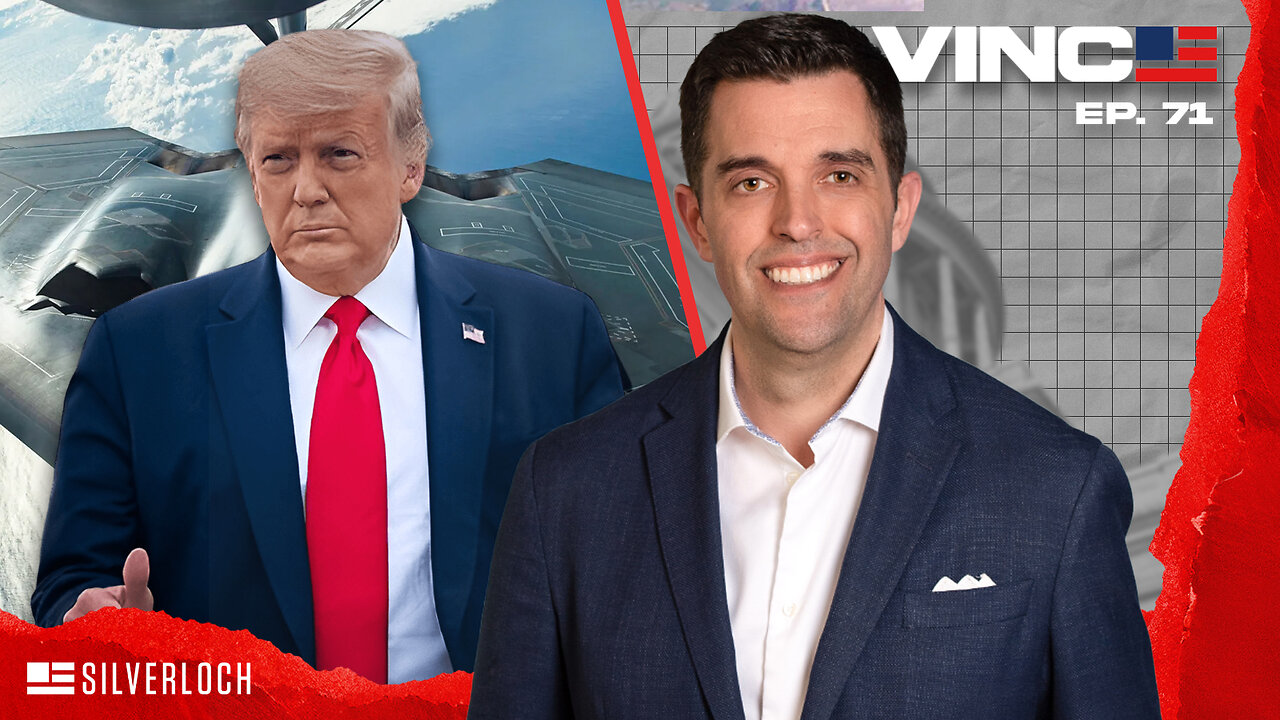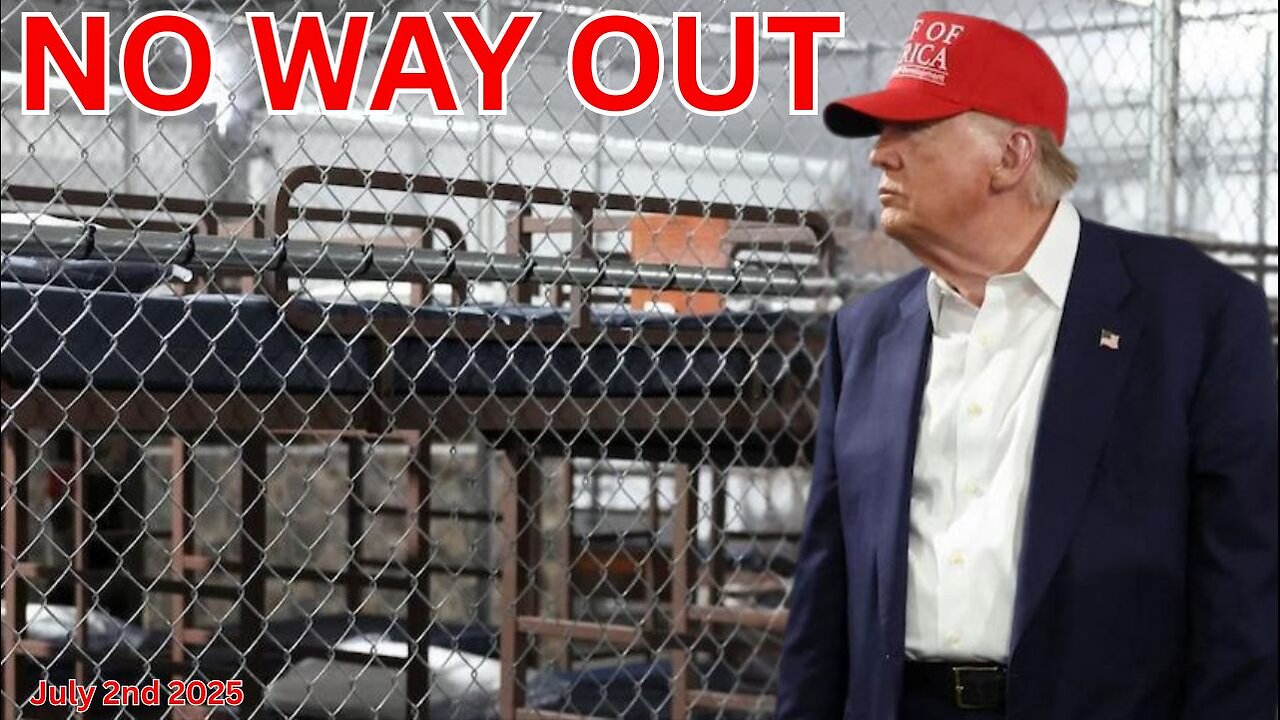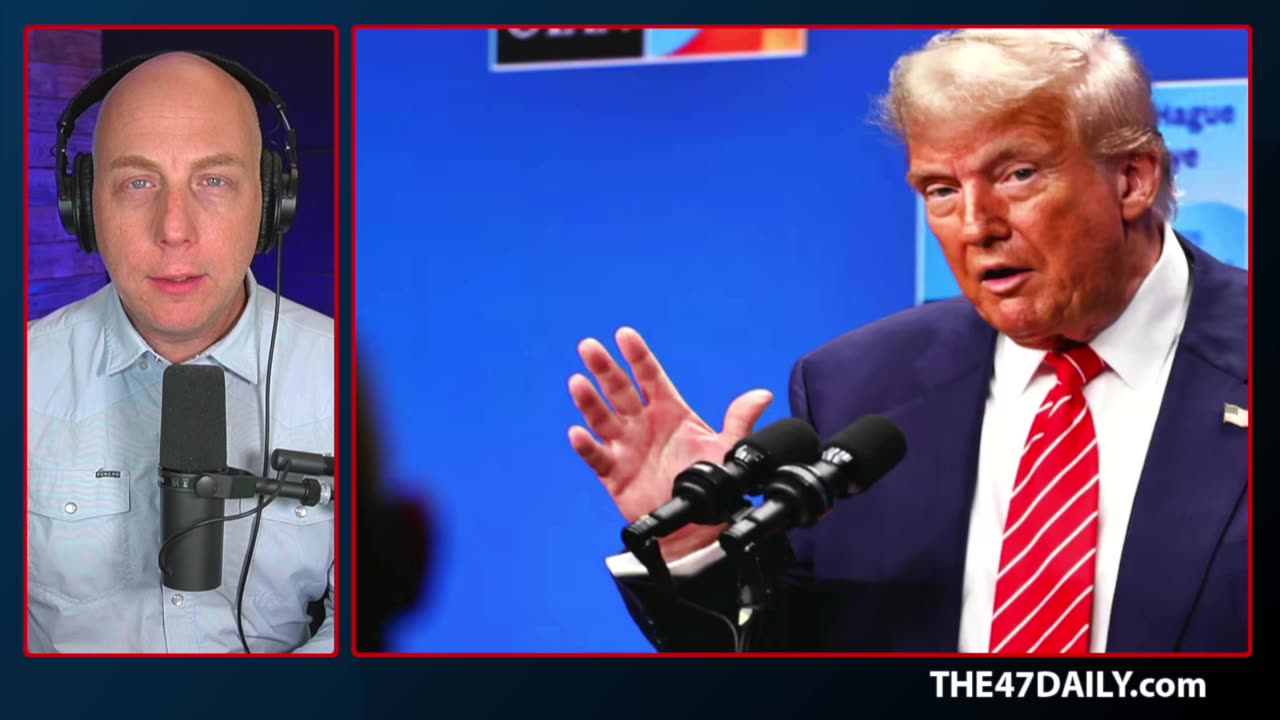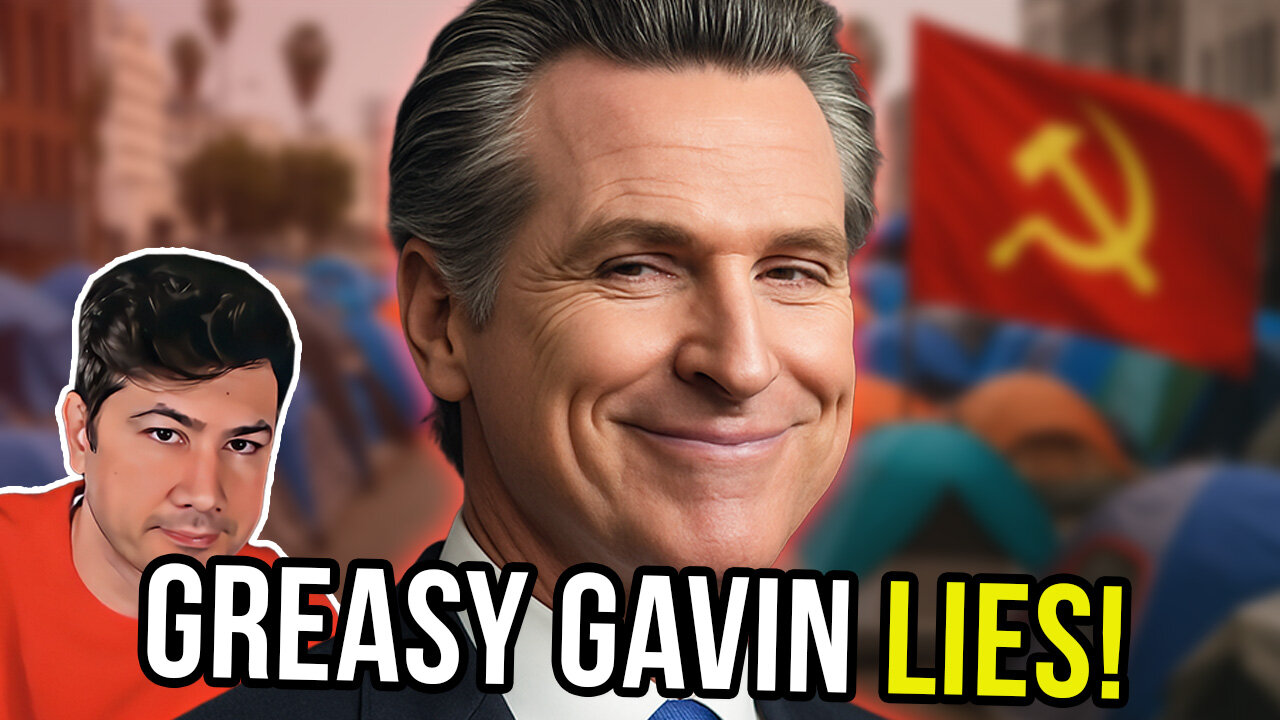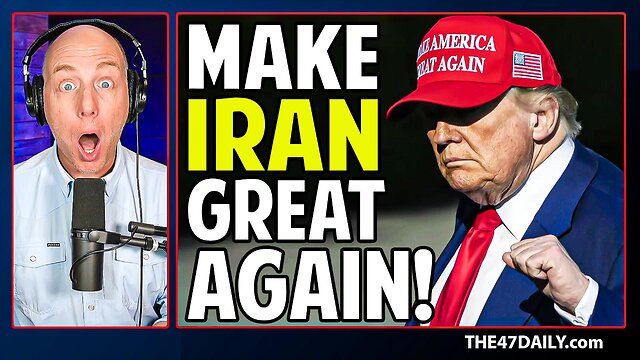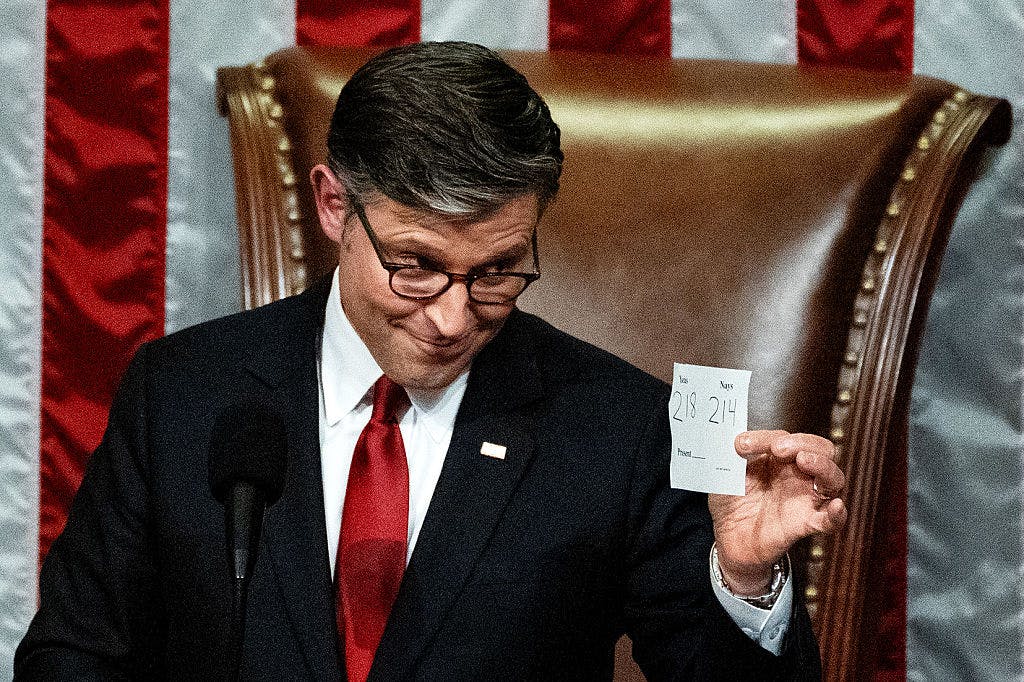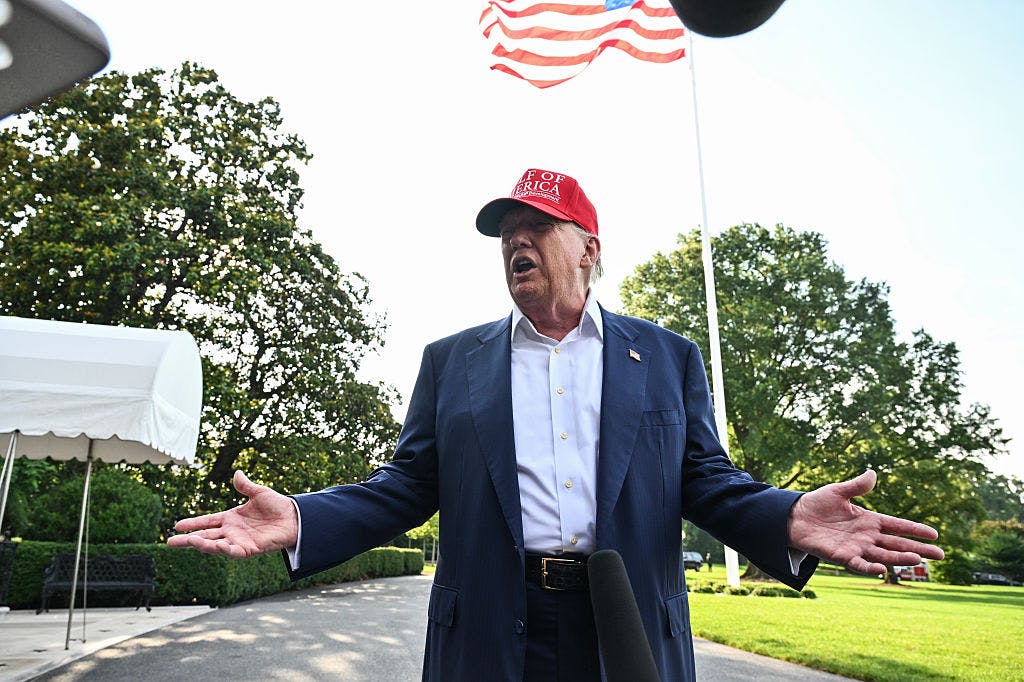Breaking Down DOGE: What To Expect From Musk’s Grand Government Overhaul Project

The Department of Government Efficiency (DOGE) has aims worthy of its mastermind, but plans for the government-slashing commission outlined so far have raised doubts about the project’s efficacy.
Elon Musk, the wealthiest man in the world, originally suggested DOGE during a wide-ranging conversation with President-elect Donald Trump on an X space. With Trump to take office next month, he has tasked Musk alongside entrepreneur Vivek Ramaswamy with heading DOGE and crafting a report for ways to reduce government size and spending by July 4, 2026.
The DOGE will be set up as an outside adviser group working closely with the White House to identify inefficiency in the federal government and recommend fixes, primarily through cuts, repeals, and reorganization. Musk has set an ambitious goal: cutting federal spending by $2 trillion, roughly a quarter of the federal budget, in addition to major reductions in regulations.
The project has generated excitement among conservatives who have long called for drastic action on the expanding size of government. Some supporters of Musk and Ramaswamy’s goals for the project are nonetheless skeptical that their strategy will create meaningful and lasting savings or efficiency.
“I’ve spent two decades thinking and writing about the administrative state and how I think it presents an enormous constitutional problem,” Hillsdale College politics professor Joseph Postell told The Daily Wire. “The fact that Elon Musk and Vivek Ramaswamy are talking about the things that I’ve been talking to my students about for 10 or 20 years, I’m thrilled about this.”
“I’m coming from a perspective of somebody who’s highly sympathetic to what they want to do, but who doesn’t want to see them waste their opportunity,” he added.
Musk and Ramaswamy in an op-ed in The Wall Street Journal in November outlined DOGE’s approach.
“The two of us will advise DOGE at every step to pursue three major kinds of reform: regulatory rescissions, administrative reductions and cost savings. We will focus particularly on driving change through executive action based on existing legislation rather than by passing new laws,” they wrote.
But for their recommendations to turn into lasting realities, Congress must be involved, according to Postell. And working with Congress, DOGE has the opportunity to rewrite the most expansive laws passed by Congress that have effectively given bureaucrats wide-ranging authority to regulate Americans’ lives.
“I think you need laws passed by Congress that restructure the administrative state and sort of revise the authorities granted to it,” Postell said. “First and foremost, it would be great to have an enormous reform of the Administrative Procedure Act where we very clearly state what agencies can do, what they can’t do, and how they have to go about doing what it is that they do.”
Postell cited reforming laws such as the Clean Water Act and Clean Air Act, as well. Reforming major legislation would limit its scope while, in effect, repealing massive swaths of regulations crafted under the prior laws.
As the project stands, however, Musk and Ramaswamy seem to prefer executive action rather than working with allies in Congress to battle against an expansive bureaucratic regime. Here’s a breakdown of the DOGE plan to reform the federal government:
Spending
Musk has said he can cut the annual federal budget by $2 trillion. Asked about the odds of DOGE being able to accomplish that, Postell placed the likelihood at “less than a percent.”
Part of the problem lies in what DOGE can realistically recommend cuts to. Major entitlements such as Medicaid and Social Security, which Trump has campaigned against cutting, make up 46% of the budget. National defense, unlikely to be cut under Trump, is another 12%. Interest on the national debt is another 8%.
As the options for cuts begin to narrow down, Musk’s $2 trillion target looks increasingly over-optimistic. Musk and Ramaswamy could recommend gutting the departments of Agriculture, Education, and Transportation and not account for half of the goal.
Outside of entitlements and the military, Trump’s administration could still make significant cuts, if not enough to meet Musk’s goal, according to Postell. But of the coalition that put Trump in the White House, only a small portion of that is dedicated to slashing spending, presenting DOGE with a problem of lack of political support for its mission.
“It actually kind of reflects a little bit more of the older Republican party, more of the Reagan side of the Republican party, which was really focused on shrinking government,” Postell said. “Part of what’s made Trump so successful is that he’s moved away from that concept – that kind of conservative, slashing government approach.”
Regulation
In its aim to cut regulation and free the American economy from onerous or duplicitous rules, Musk and Ramaswamy cited two Supreme Court rulings they say will provide the basis for their crusade against red tape: West Virginia v. Environmental Protection Agency decided in 2022 and Loper Bright v. Raimondo decided in 2024.
In the EPA case, the court decided the major questions doctrine, ruling that government bureaucrats cannot make regulations over “major” policy areas without explicit approval from Congress. In Raimondo, the court overturned the Chevron doctrine, meaning that courts no longer must defer to bureaucratic interpretations of Congressionally-approved laws and rules.
“Together, these cases suggest that a plethora of current federal regulations exceed the authority Congress has granted under the law,” Musk and Ramaswamy wrote in WSJ.
It’s doubtful whether those cases will work for DOGE the way Musk and Ramaswamy predict. As far as West Virginia may be concerned, it’s unclear how many regulations could be affected.
“A lot of the existing rules really have already survived that kind of scrutiny,” Postell said. “So, I’m not sure how this authorizes a retroactive look back.”
Raimondo may actually cause more headaches for DOGE than Chevron would have. Under Chevron, the Trump administration could use the ruling to assert its own narrow interpretation of a law and roll back regulations. Under Raimondo, courts have authority to interpret laws anew.
“Now, there’s actually not going to be deference given to the Trump administration when, you know, Greenpeace or the NRDC inevitably sues the EPA over that,” Postell said. “In a strange way, the death of Chevron is going to be a problem for the Trump administration’s regulatory reform effort. It’s not a tool in their toolbox, it’s actually a tool that’s going to be used against them.”
Bureaucracy
Within the sprawling federal bureaucracy, there is undoubtedly much fat that can be cut while maintaining the government’s current level of function. Toward that end, Ramaswamy has suggested some policies that will likely provide substantial results, such as requiring all federal employees to work in office five days a week where appropriate. A recent survey found that just 6% of bureaucrats currently hold that schedule.
That said, reductions in the federal workforce is arguably one of the least impactful of DOGE’s aims. Without the cuts to regulations and federal spending, reductions in the federal workforce would result in very little worthwhile change.
“A lot of people don’t really want governmental efficiency,” Postell said. “You know, tyranny is not easier to swallow simply because it’s efficient.”
While the extent of DOGE’s recommendations for cuts to the federal bureaucracy have yet to be seen, deep cuts could result in a different set of problems if government work is shifted from bureaucrats to private contractors.
Private contractors already make up the majority of the federal government’s workforce. According to one estimate, the number of federal contractors nearly doubles the number of federal employees: 3.7 million contractors to 2 million employees. While a smaller federal footprint would generally be positive, if that reduction resulted in more duties turned over to private contractors, the benefits are more questionable, according to Postell.
“If it starts to move towards a more privatized government, you could have serious concerns that you’ve actually made a problem worse because that’s a less accountable government, maybe, even than one where you know which department and which employees are behind whatever is happening,” Postell said.
Originally Published at Daily Wire, Daily Signal, or The Blaze
What's Your Reaction?
 Like
0
Like
0
 Dislike
0
Dislike
0
 Love
0
Love
0
 Funny
0
Funny
0
 Angry
0
Angry
0
 Sad
0
Sad
0
 Wow
0
Wow
0





